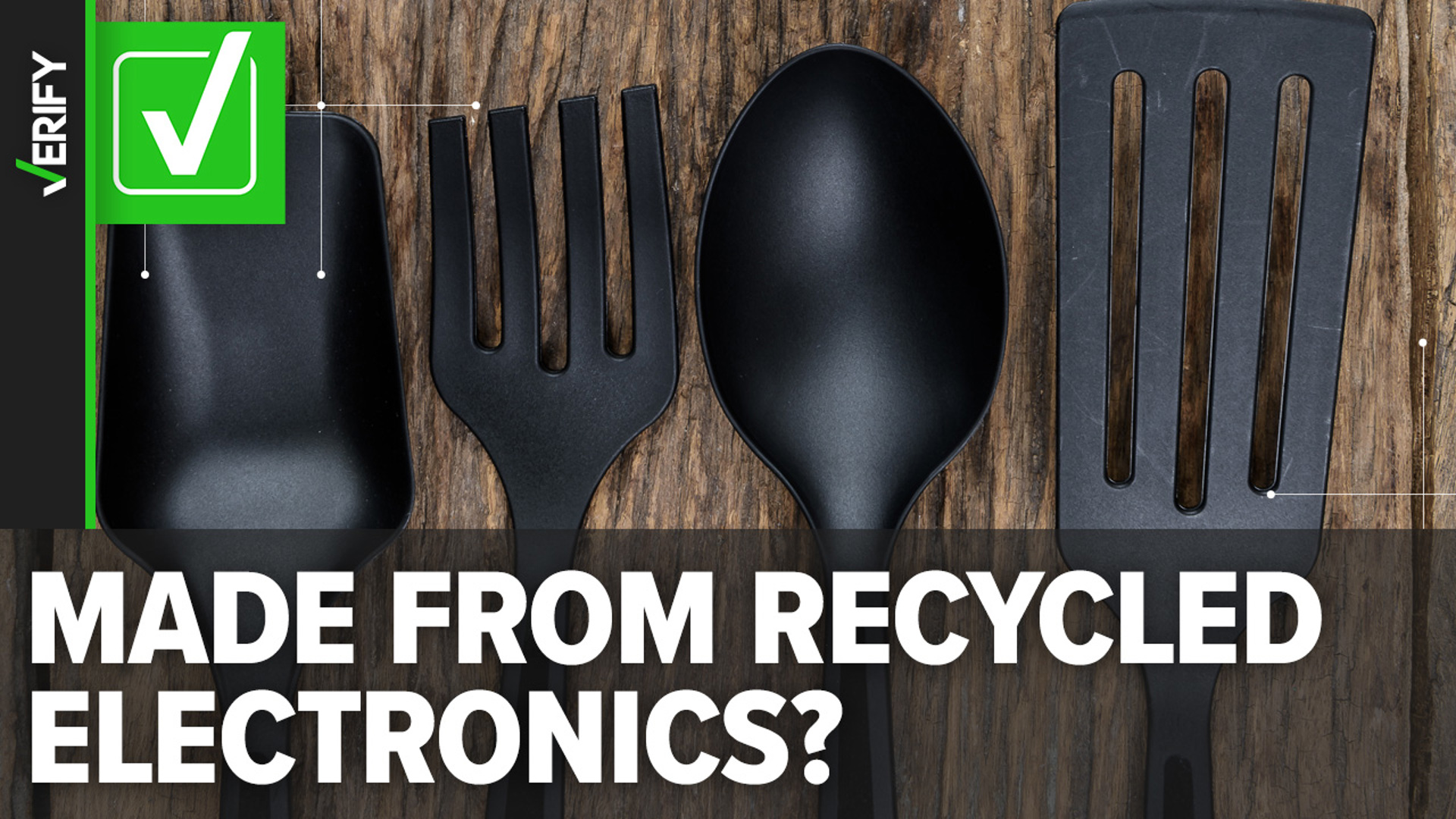PORTLAND, Ore. — Vaccines typically take 10 to 15 years to develop, test and release to the public. The coronavirus vaccines, however, took less than a year.
The Pfizer/BioTech vaccine has received emergency use approval from the U.S. Food and Drug Administration (FDA) and is now being distributed to states. The Moderna vaccine will likely follow if it gains approval from the FDA this week.
So, KGW set out to VERIFY: How were these COVID-19 vaccines developed so fast?
The easy answer is money. The federal government and private sector poured billions of dollars into vaccine development, and this helped speed up the process.
Typically in vaccine development, there are a lot of pauses: waiting for data to be analyzed, for regulators to approve the vaccine or for funding. During the pandemic, however, companies have not had to deal with the typical amount of financial or bureaucratic barriers.
And global cooperation moved vaccine development along, with researchers uncovering the viral sequence of the virus quickly and sharing that information worldwide.
Scientists also did not have trouble enrolling participants in trials. In fact, they were able to speed up the process by enrolling between 30 and 60,000 participants per study, while a normal vaccine study may have around 5,000 people, according to Dr. Joe Sullivan, a senior health advisor with the Oregon Health Authority.
Researchers also did not have to worry as much about shelf stability for the coronavirus vaccines. They knew whatever vaccines they make will be taken, and did not have to worry about vaccines going bad in a freezer. This could have taken a year off of development time, said Dr. Jonathon Berman, an assistant professor at New York Institute of Technology.
Additionally, one of the biggest misconceptions about the COVID-19 vaccine is that its development started with the pandemic. In reality, scientists had a head start because COVID-19 comes from a family of viruses, including the SARS coronavirus of 2002 and the MERS coronavirus of 2012.
Many of the researchers who are developing the COVID-19 vaccines have previously worked on vaccines for the SARS and MERS viruses, and they already knew a lot about what works and what doesn’t. They knew how this family of viruses behaves, their biology and the so-called “spike protein” — which allows the virus to enter our cells and infect us.
When the pandemic hit, scientists knew that if a person has antibodies that recognize this spike protein, this can stop the virus in its tracks. This is the key to both the Moderna and Pfizer vaccines.
Both of the leading vaccines rely on "messenger RNA" (mRNA), which constructs the coronavirus spike protein in order to trigger an immune response in the body and protect against the virus. Though these are the first vaccines to successfully use mRNA, scientists have been developing this technology for over two decades.
Relying on this already-developed scientific knowledge, researchers were able to quickly develop a vaccine that is both safe and highly effective.
Not much fell into place during the coronavirus pandemic, but the vaccine might be one element that did.
Do you have something you want us to VERIFY? Let us know. Email us at VERIFY@kgw.com.



